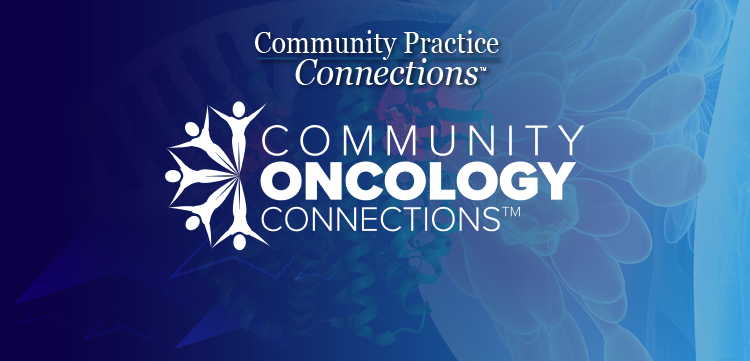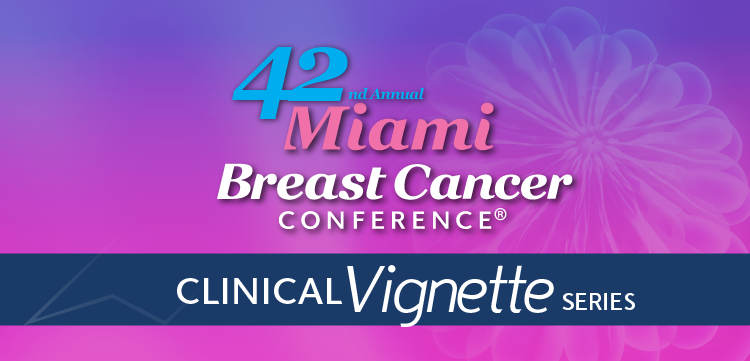
Optimizing Tagraxofusp in BPDCN with Early CPS Detection Strategies
Marlise R. Luskin, MD, MSCE, discusses the vigilant monitoring required for capillary leak syndrome with tagraxofusp in BPDCN.
Targeted Oncology: How has tagraxofusp (Elzonris) affected treatment for patients with blastic plasmacytoid dendritic cell neoplasms (BPDCN)?
Marlise R. Luskin, MD, MSCE:This drug has been a real game-changer for patients with BPDCN, offering an overall well-tolerated and effective treatment option for patients of all ages, allowing patients to receive effective palliation as well as cure for those patients who are able to bridge to transplant. This is an exciting advance, but there are some specific toxicities that need to be recognized and monitored for when using this drug to treat patients.
Which adverse event was the most concerning in the STML-401-0114 trial (NCT02113982)?
The toxicity that requires the most attention is capillary leak syndrome [CPS], which can occur in mild cases but also in a more severe form, which can be life-threatening and even fatal. It’s important that this be recognized and monitored for. This toxicity is almost always seen during the first treatment cycle, and so treatment is administered in the hospital for the first cycle of treatment. CPS is a syndrome where patients develop leakiness of the capillaries, leading to edema, weight gain, a decrease in serum albumin, and notably, cardiovascular instability, with organ failure, renal dysfunction, and hypotension…. CPS is a toxicity that can be seen with tagraxofusp during and shortly after the administration of the drug, and it needs to be monitored for and treated in order to mitigate this toxicity.
How do you mitigate CPS for patients given tagraxofusp?
The first step is to make sure that patients are appropriate treatment candidates. The eligibility for the clinical trial required patients to have adequate performance status, organ function—specifically, an adequate ejection fraction, cardiac function, and adequate serum albumin, a level of 3.2 or higher. So, patients need to be eligible for the treatment. Then, as patients are getting the drug and shortly after, they need to be monitored every day to make sure there are no signs of CPS. This includes a general physical exam, daily weights to ensure the patient is not putting on fluid weight, measurements of serum albumin, and measurements of renal function. With any sign of CPS—whether it be a vital sign abnormality, change in blood pressure, decrease in urine output, increase in creatinine, or decrease in albumin—there needs to be a pause and determination about how to manage their treatment.
If we identify CPS, patients can be offered intravenous albumin to increase the albumin level, as guided by the package insert. Fluid management is important—hydration or diuretics, as indicated—and most importantly, a hold on additional doses of tagraxofusp until CPS is under control and it’s safe to proceed. In some cases, remaining doses for that cycle are withheld and not reintroduced until the subsequent cycle. So, the most important thing is understanding and awareness of the toxicity, monitoring for it, interventions including albumin and fluid management, supportive care, and holding the drug until the toxicity resolves. There should be a low threshold to not administer any more of the drug during that initial treatment phase if the CPS is significant.
What advice would you give to an oncologist unfamiliar with using this drug?
I think the most important thing is to collaborate with a colleague in the local area—whether it’s at their institution or a regional partner—to discuss and get firsthand advice and experience in using the drug, and to also set up a resource should there be any challenges in the management of that patient.
In some cases, even though the drug has never been used at a particular center, the treating physician may determine that they have sufficient resources to implement treatment at their site, but this needs to be determined in collaboration with pharmacy and nursing staff as the frontline providers. Then, they should have an action plan for the management of CPS and escalating support when needed.
In other cases, it might be determined that a collaboration is appropriate, and a patient may be referred to a center with experience using the drug to receive that first cycle, where toxicity is most significant, and then transfer back to the primary physician for ongoing treatment when the toxicity profile is less. Which approach is right for which patient and which new physician depends on the local context. But I encourage providers to be creative in terms of using their resources and recognize that even if a patient is referred to a larger center with experience with the drug for that first cycle, care can be transitioned back to the local provider during subsequent cycles, because…this toxicity is concentrated during that initial treatment cycle.









































